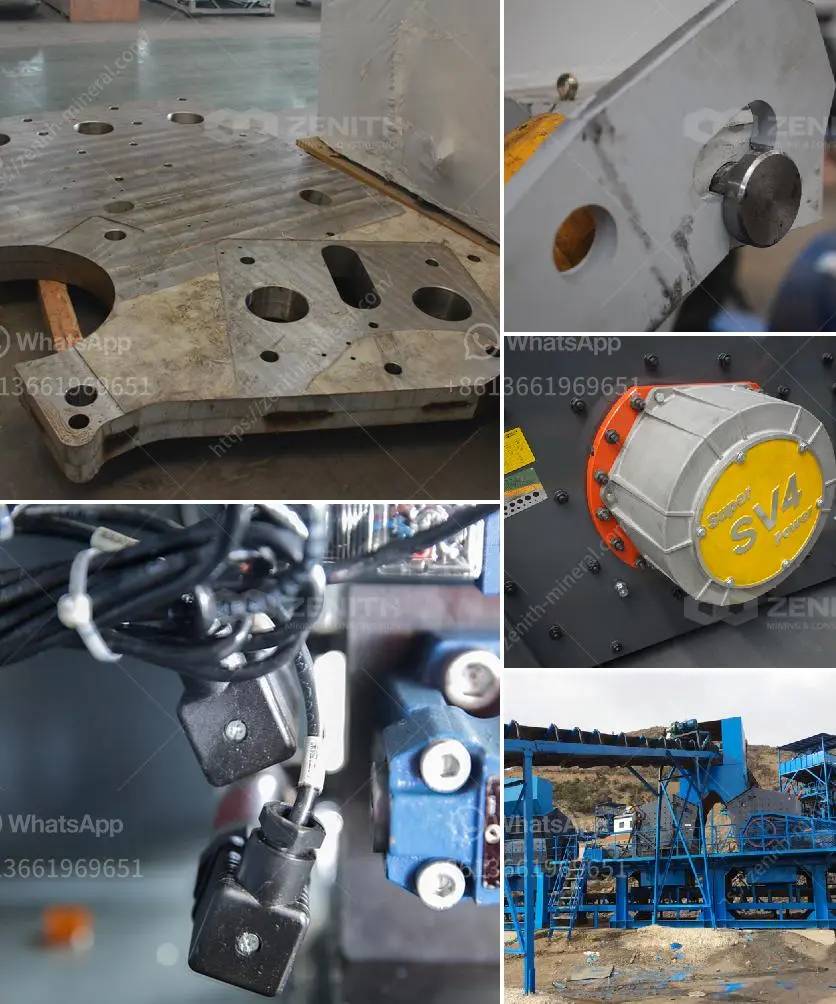Estimating production loss due to crusher downtime involves a combination of understanding the crusher's role in the production process, quantifying downtime, and calculating the impact on overall production. Here's a step-by-step guide to help you estimate production loss:
-
Understand the Production Process:
- Know the crusher's function within your production line. Crushers typically reduce the size of large rocks into smaller fragments suitable for further processing or direct use.
-
Gather Data on Crusher Capacity:
- Determine the crusher's production capacity, usually measured in tons per hour (tph).
-
Track Downtime Duration:
- Record the total hours the crusher is non-functional during a specific period (e.g., daily, weekly, monthly).
-
Calculate Total Downtime Production Loss:
- Multiply the downtime hours by the crusher capacity to get the total production loss.
- Formula: Production Loss (tons) = Downtime Hours (hrs) × Crusher Capacity (tph)
-
Consider Efficiency and Utilization Rates:
- Real-world operational efficiency might be less than the maximum capacity due to factors like maintenance, material variability, and operator efficiency.
- Adjust calculations by considering the average utilization rate (this could be the percentage of peak capacity that is utilized under normal conditions).
-
Evaluate Downstream Impacts:
- Consider the effects on subsequent processes. Crusher downtime can lead to bottlenecks and underutilization of downstream equipment or workforce.
-
Quantify Financial Implications:
- Determine the monetary value of the production loss by multiplying the production loss (tons) by the average selling price per ton of the material.
-
Incorporate Additional Costs:
- Factor in any additional expenses incurred due to crusher downtime, such as labor costs, overtime, and potential penalties for delayed delivery.
-
Use Historical Data for Estimates:
- Analyze historical downtime data to refine future estimates and improve accuracy.
-
Implement Monitoring and Predictive Maintenance:
- To reduce future downtime, implement monitoring solutions to anticipate failures and schedule preventive maintenance.
By accurately estimating production loss, businesses can make informed decisions regarding efficiency improvements, budgeting, and strategic planning to mitigate downtime impacts in the future.

